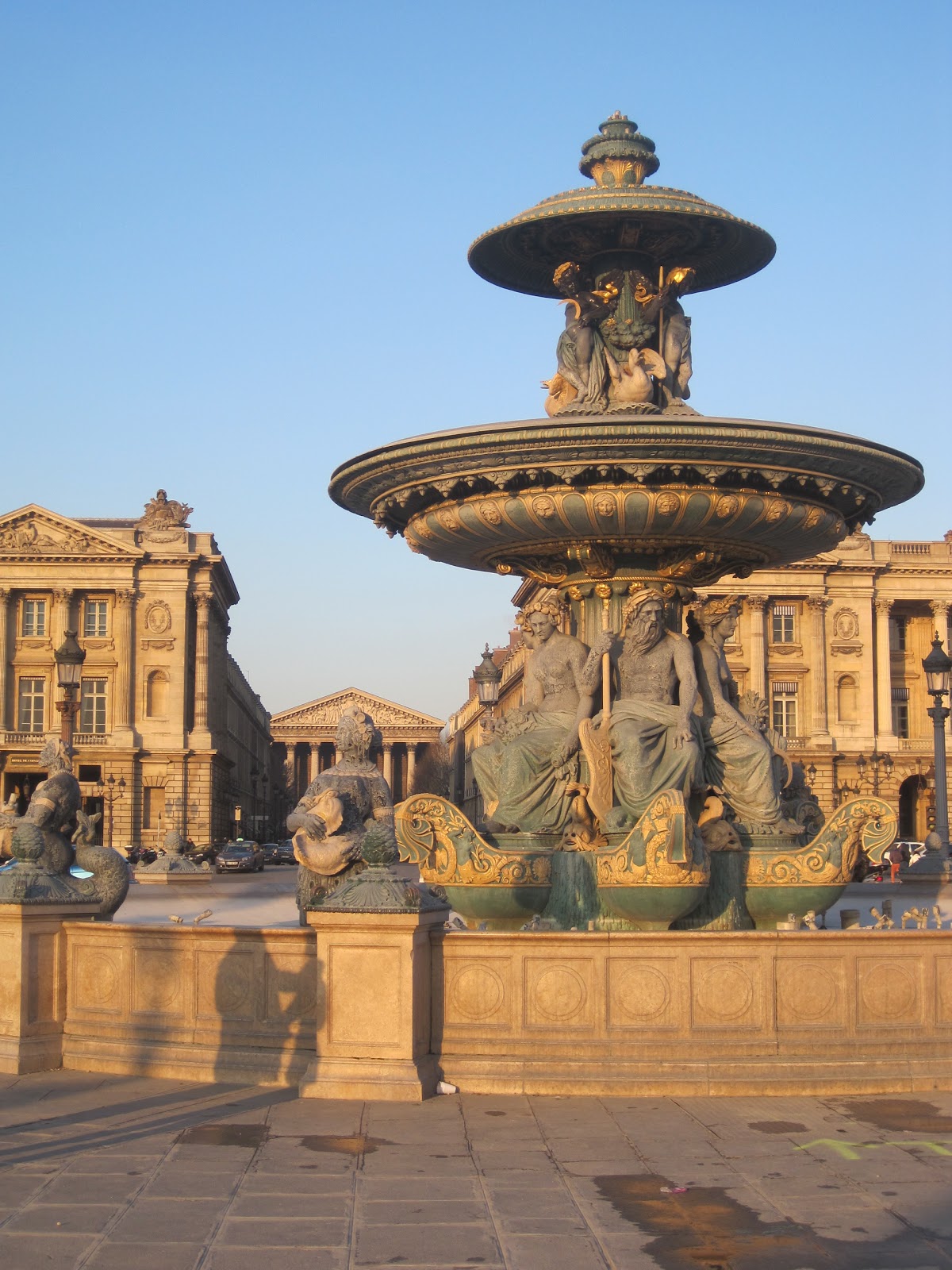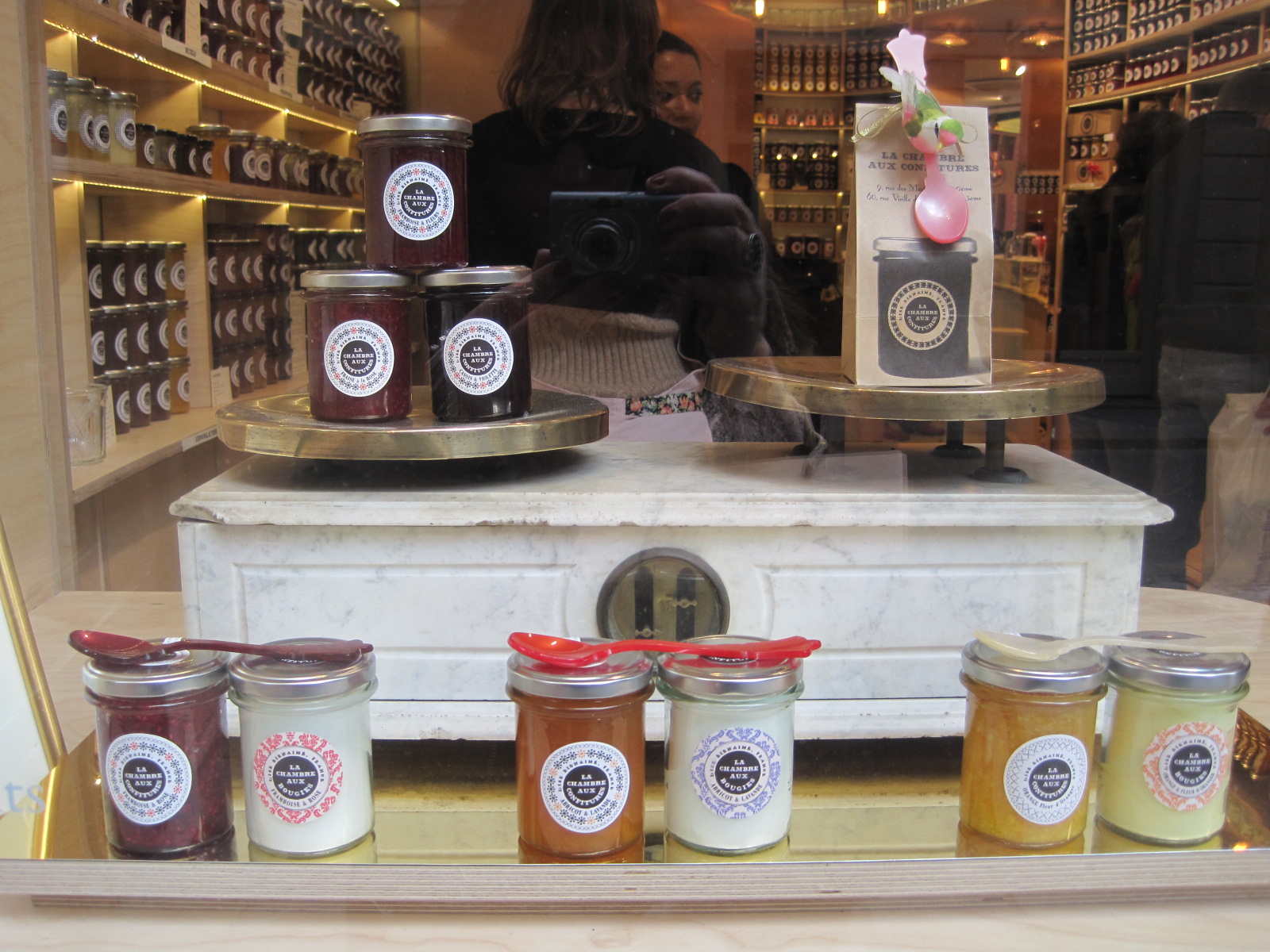Rubens' Medici Series at the Louvre
In the series of lectures on art in the Louvre I've made my way through the history of the building, the influence of Leonardo, Italian art and the Renaissance, the collection of Spanish masters and on to Flemish and Dutch art. This week I headed to the Louvre to see the Medici room containing the cycle of history paintings Marie de Medici commissioned Rubens to complete for her new residence, the Luxembourg Palace.
The works are hung in a single room though originally a second cycle was planned. The lecture put the entire room into context and without it I would probably have walked through the room very quickly and would certainly have understood much less.
This cycle of painting was commissioned to consolidate, justify and celebrate the rule of Marie de Medici following her husband Henri IV's death. Each picture is a symbolic text linking with the moral virtues of kingship and the natural mantle of the state. The most significant picture is The Apotheoses of Henri IV, on your left as you enter the room from the main stairwell. This is an enormous canvas depicting the heavenly ascension of Henri, carried by angels on the left of the picture, see above. As Henri is lifted up as his armour remains on the ground. On the same canvas, Marie is depicted as a humble widow on the far right(see below) as she is offered the orb of state. Here Marie is shown to be the natural choice, suitably modest and retiring in the face of her husband's death.
In other canvases Marie's virtues are similarly depicted, indeed the cycle begins chronologically with her birth (dominated by the three graces) and subsequent classical education.
Her marriage, arrival in France, the birth of her son and her subsequent regency are all depicted showing Marie in the best light, connected to both the divine order and the great classical qualities.
Here Henri is shown a picture of his bride.
Marie arrives on French soil (directly below) and later on the death of her husband assumes the mantle of the state represented by the red cloth behind her.
Later canvases portray the Dauphin reaching his majority, their estrangement, and later their reconciliation, portrayed by a nude classical figure proffering a symbolic olive branch below.
The works are shown together in a single austere room renovated by I.M. Pei, this space that has non of the opulence of the original installation at the Louvre but thankfully does have benches to sit down on! I greatly enjoyed the narrative aspect of these works and would not have got as much out of looking at them without the introduction the lecture provided.
Correction made and mea culpa.
Many thanks to the anonymous poster who pointed out my grave mistake confusing two Henris and Marie and Catherine de Medici - same families, different century, no excuse. I hope the failing caught out anyone who tried to use this for a term paper!
Thanks again for the correction.



















Comments